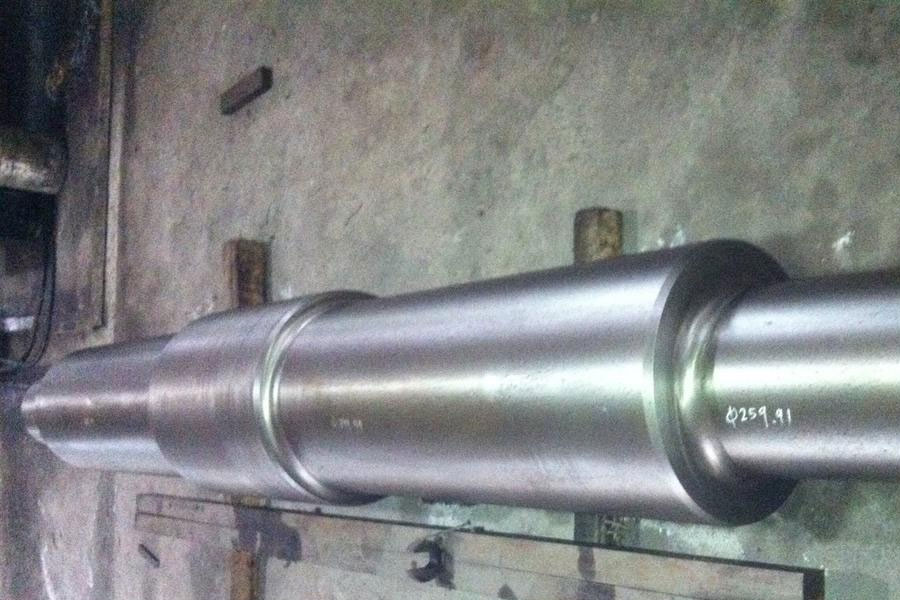In terms of CNC lathe acceptance process, CNC lathe acceptance can be divided into two links:
1. Pre-acceptance of CNC lathes in the manufacturer’s factory
The purpose of the pre-acceptance is to check and verify whether the machine tool can meet the user’s processing quality and productivity, and check the materials and spare parts provided by the supplier. Its main work includes:
- (1) Check whether the main parts of the machine tool are manufactured according to the contract requirements.
- (2) Whether the parameters of each machine tool meet the contract requirements.
- (3) Check whether the geometric accuracy and position accuracy of the machine tool are qualified.
- (4) Whether each action of the machine tool is correct.
- (5) If the contract does not require part of the inspection, if any dissatisfaction is found, it can be submitted to the manufacturer for timely improvement.
- (6) Process the test piece and check whether it meets the accuracy requirements.
- (7) Make pre-acceptance records, including accuracy inspections and areas requiring improvement, and be signed by the manufacturer.
If the pre-acceptance is passed, it means that the user agrees to ship the CNC lathe to the user manufacturer. When the goods arrive at the user, the user will pay most of the amount of the equipment. Therefore, pre-acceptance is a very important step and cannot be ignored.
2. Final acceptance at the equipment purchaser
The final acceptance of CNC lathes is mainly based on the acceptance criteria specified in the machine tool’s factory certificate and the actual testing methods that the user can provide to determine various indicators on the machine tool’s certificate. The test results are stored in the technical file as the original data of the machine tool, and used as the basis of technical indicators for future maintenance.
Regardless of the pre-acceptance or final acceptance, according to the provisions of the standard, the content of the commissioning acceptance should be as follows:
- (1) Appearance quality
- (2) Inspection of accessories and tools
- (3) Inspection of parameters
- (4) Dry running test of machine tool
- (5) Load experiment of machine tool
- (6) Precision inspection of machine tools
- (7) Working experiment of machine tool
- (8) Life test of machine tool
- (9) Others.
